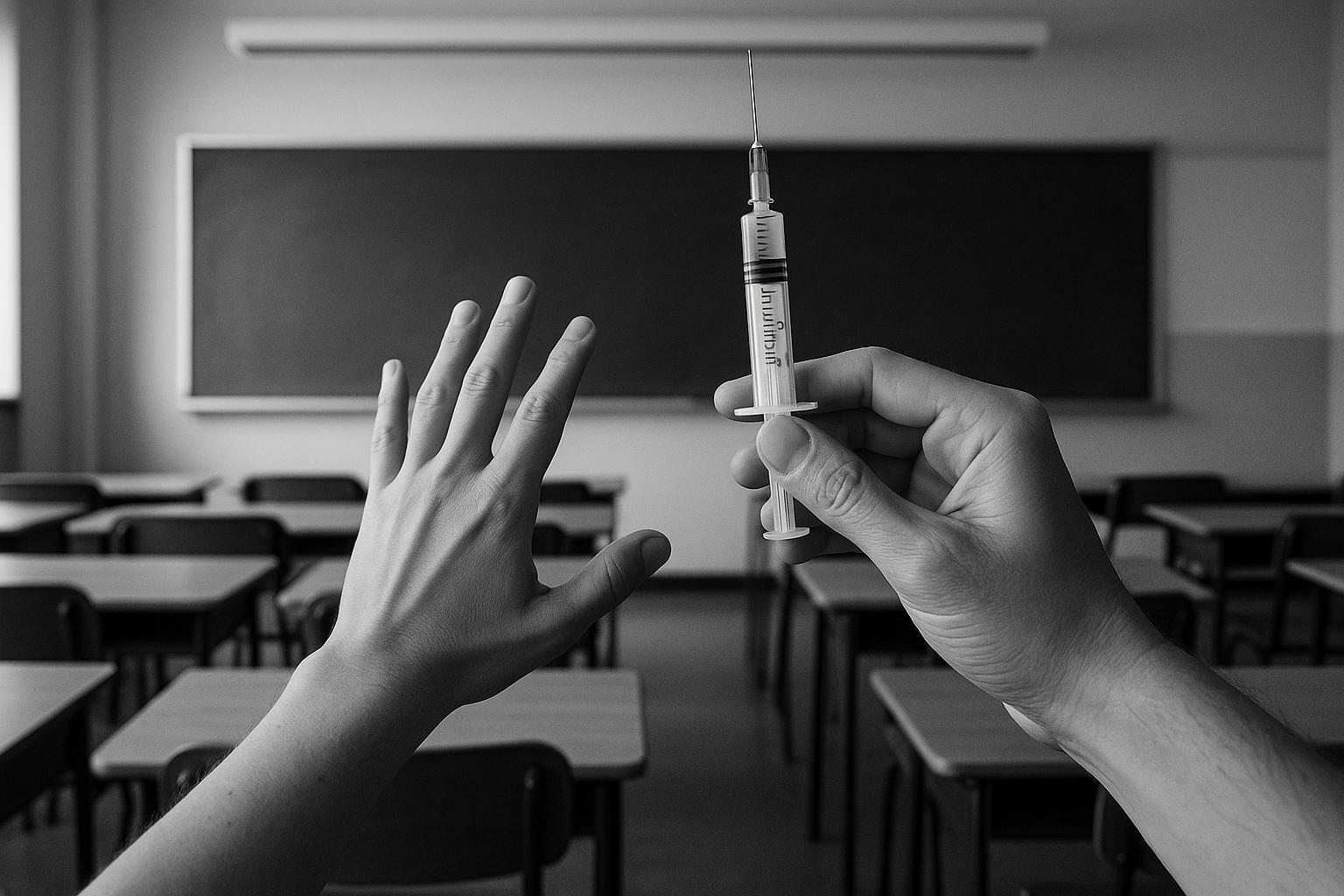As the school year begins, the return to classrooms often brings a surge of common illnesses, notably flu and other contagious infections. A GP featured in a Scotsman report underscores the importance of practical measures to minimise the spread of these ailments among schoolchildren and families alike, highlighting seven key ways to shield oneself ahead of flu season.
Vaccination stands out as the foremost defence. The Centers for Disease Control and Prevention (CDC) strongly advocates annual flu shots for everyone aged six months and older. This not only protects the individual but also curtails the broader transmission within school communities. Alongside vaccination, the CDC advises that students and staff feeling unwell should remain at home, preventing outbreaks in classrooms.
Hand hygiene is pivotal in combating the spread of infections. According to health guidance from Children's Health and reinforced by pediatricians at Tufts Medicine, frequent and thorough handwashing with soap and water is the most effective barrier against germs. Children should wash their hands especially after sneezing, touching commonly used surfaces like doorknobs and desks, using the restroom, and eating. When soap and water are unavailable, alcohol-based hand sanitiser is a recommended alternative. Proper technique—scrubbing all areas of the hands for at least 20 seconds—is essential.
Additional lifestyle factors contribute significantly to resilience against illness. Experts from Tufts Medicine highlight the importance of adequate sleep, a balanced diet rich in fruits and vegetables, regular physical activity, and teaching children appropriate cough and sneeze etiquette to prevent airborne spread. Recognising when children should stay home, such as during fevers or severe symptoms, forms part of this holistic approach to health.
Schools can also play a crucial role by incorporating routine cleaning and disinfection of frequently touched surfaces to reduce the presence of viruses and bacteria in the environment. The CDC’s guidance for school administrators emphasises this as a practical step alongside promoting vaccination and encouraging sick individuals to stay home.
As the colder months approach and flu season peaks, these interlinked strategies—vaccination, hand hygiene, healthy habits, environmental cleaning, and sensible attendance policies—are essential tools in safeguarding children's health and minimising interruptions to education caused by preventable illness.
📌 Reference Map:
- Paragraph 1 – [1]
- Paragraph 2 – [2], [5]
- Paragraph 3 – [4], [7]
- Paragraph 4 – [3], [6]
- Paragraph 5 – [2], [5]
- Paragraph 6 – [1], [2], [3]
Source: Noah Wire Services
